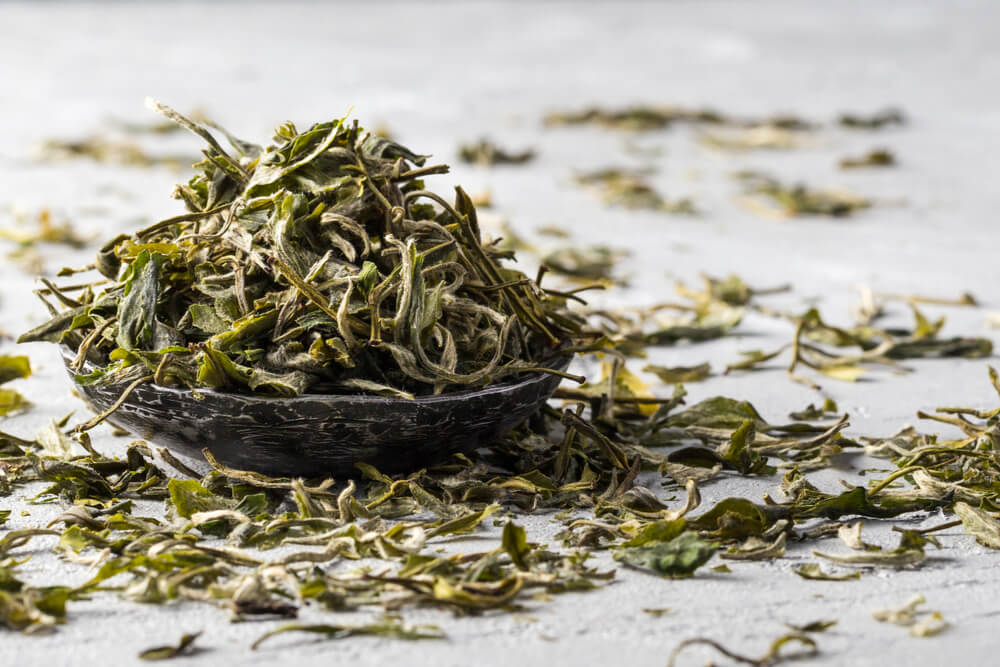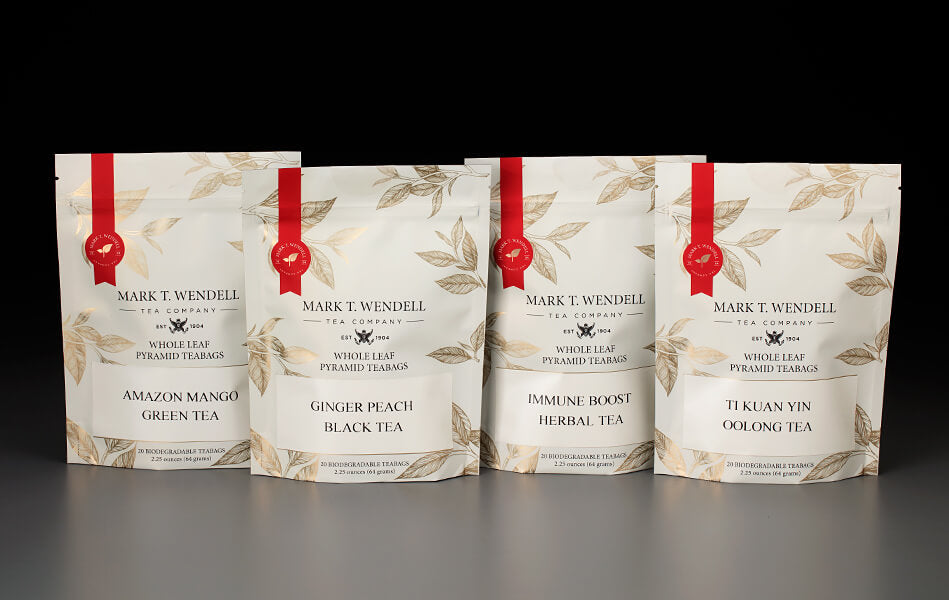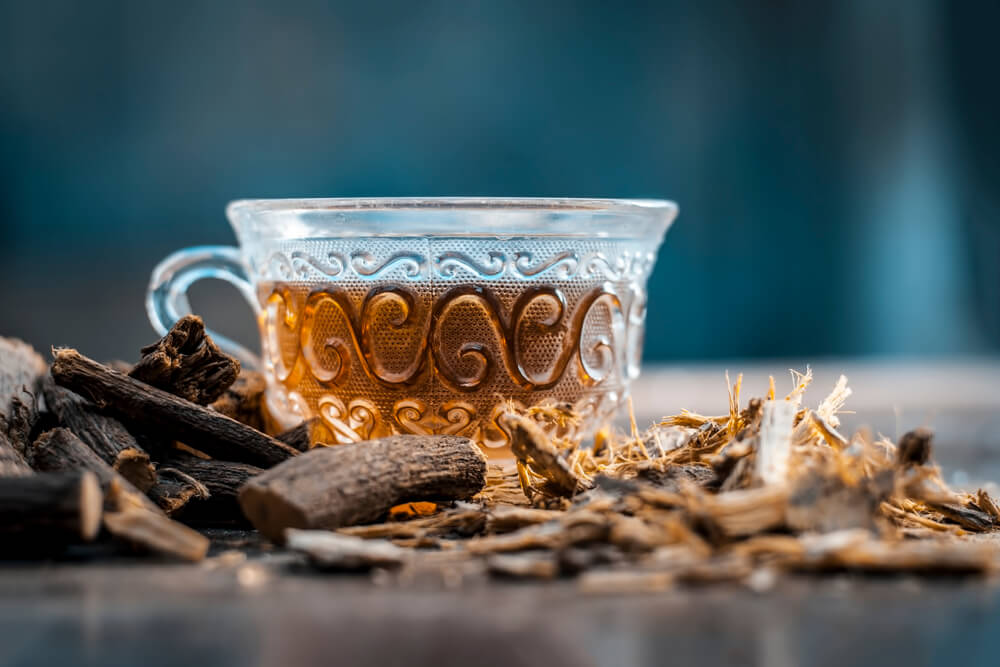Many teas get their unique names from their leaf appearance, taste and even cultural significance. Many even derive their names from the regions in which they are cultivated. A great example would be Darjeeling. Darjeeling teas are naturally cultivated in the Darjeeling growing region of India...or are they? For many years, this has been a significant issue for the growers located in Darjeeling. The problem lies with teas being labeled as Darjeeling, but in actuality only containing a small amount of tea grown in this region. The overall blend would contain a majority balance of filler leaves from another growing area.
A recent NY Times article titled, "Good Name Is Restored in Terrain Known for Tea", outlined this decades old problem and thankfully reported new legislation that favors these hard working tea growers from Darjeeling. Here are a few excerpts from this great article.
In a decision this year, the European Union agreed to phase out the use of “Darjeeling” on blended teas. Now, just as a bottle of Cognac must come from the region around the French town of Cognac, a cup of Darjeeling tea will have to be made only from tea grown around Darjeeling. “That flavor, that uniqueness that comes from here — it is nowhere else,” Mr. Jha said as he stood among manicured tea bushes on a hillside about 5,000 feet above sea level, near the border with Nepal. “People have tried to replicate it, but have failed,” he said.
The mountainous terrain also limits production. India produces almost two billion pounds of tea annually, more than any other country, but Darjeeling accounts for only about 1 percent of that output. The Darjeeling district has 87 certified tea gardens, as they are locally known, producing about 20 million pounds of tea every year, and the potential for expansion is almost nil.
That is why local tea growers grew annoyed that as much as 88 million pounds of tea were being sold as Darjeeling on the global market each year. “Darjeeling tea has always been more expensive,” said Ranen Datta, a longtime adviser to local tea growers, noting that the wholesale price is about five times that of ordinary teas. “And we found that sellers all over the world were selling tea under the name Darjeeling.”
Over time, Indian tea officials negotiated agreements with various countries to ensure that the status of the Darjeeling name was respected. The European Union resisted for several years, but a deal was finally struck about 10 years ago to phase out blended Darjeeling in Europe within five years. “In the case of Darjeeling tea, it was accepted that there was specificity that is unique — and geographically based,” said João Cravinho, the European Union’s ambassador to India. “Tea produced anywhere else will have different characteristics."







